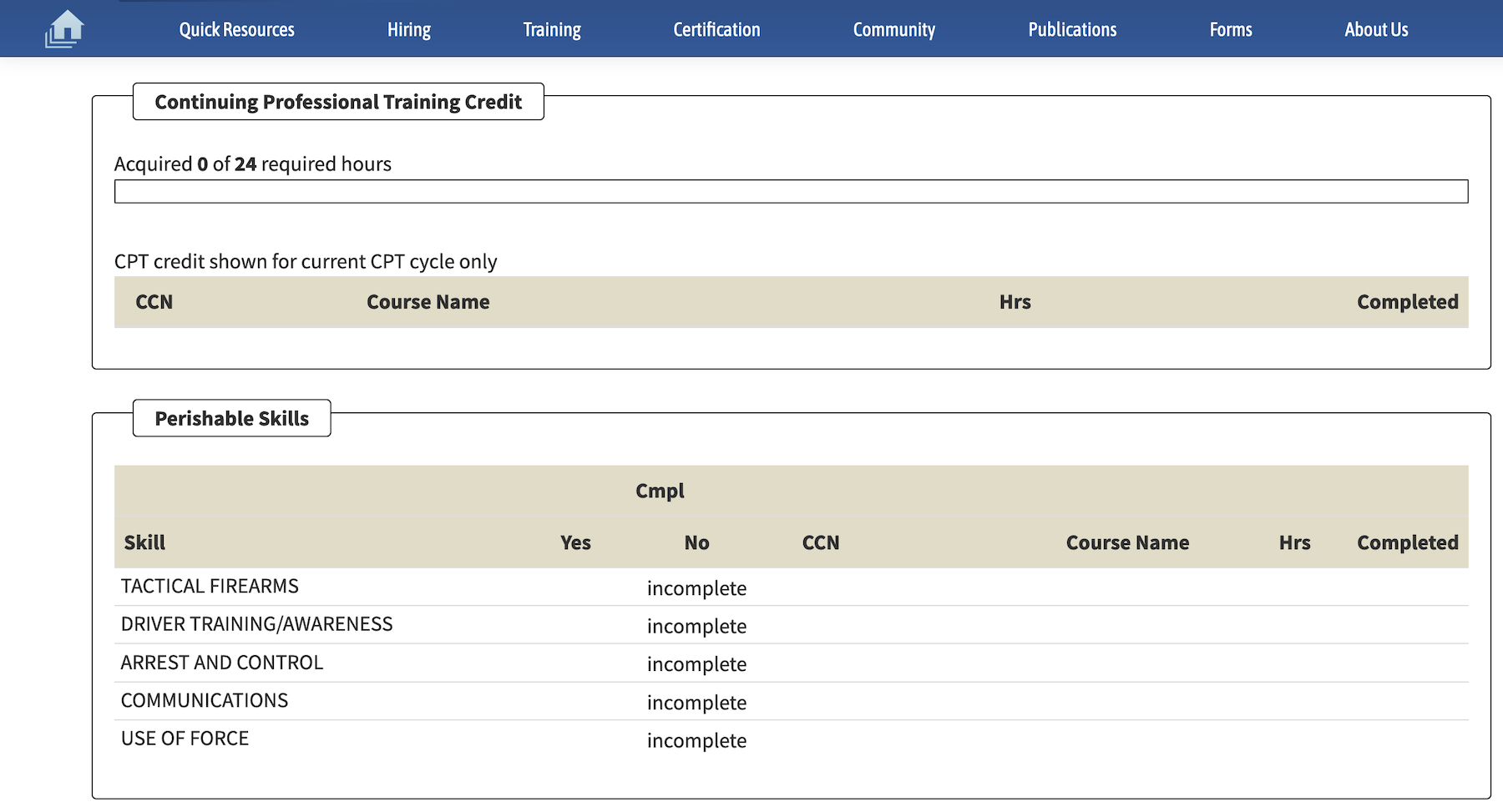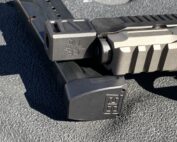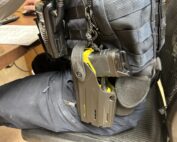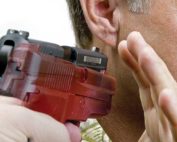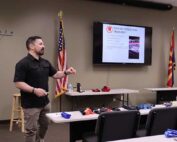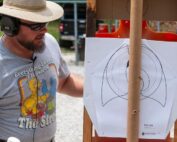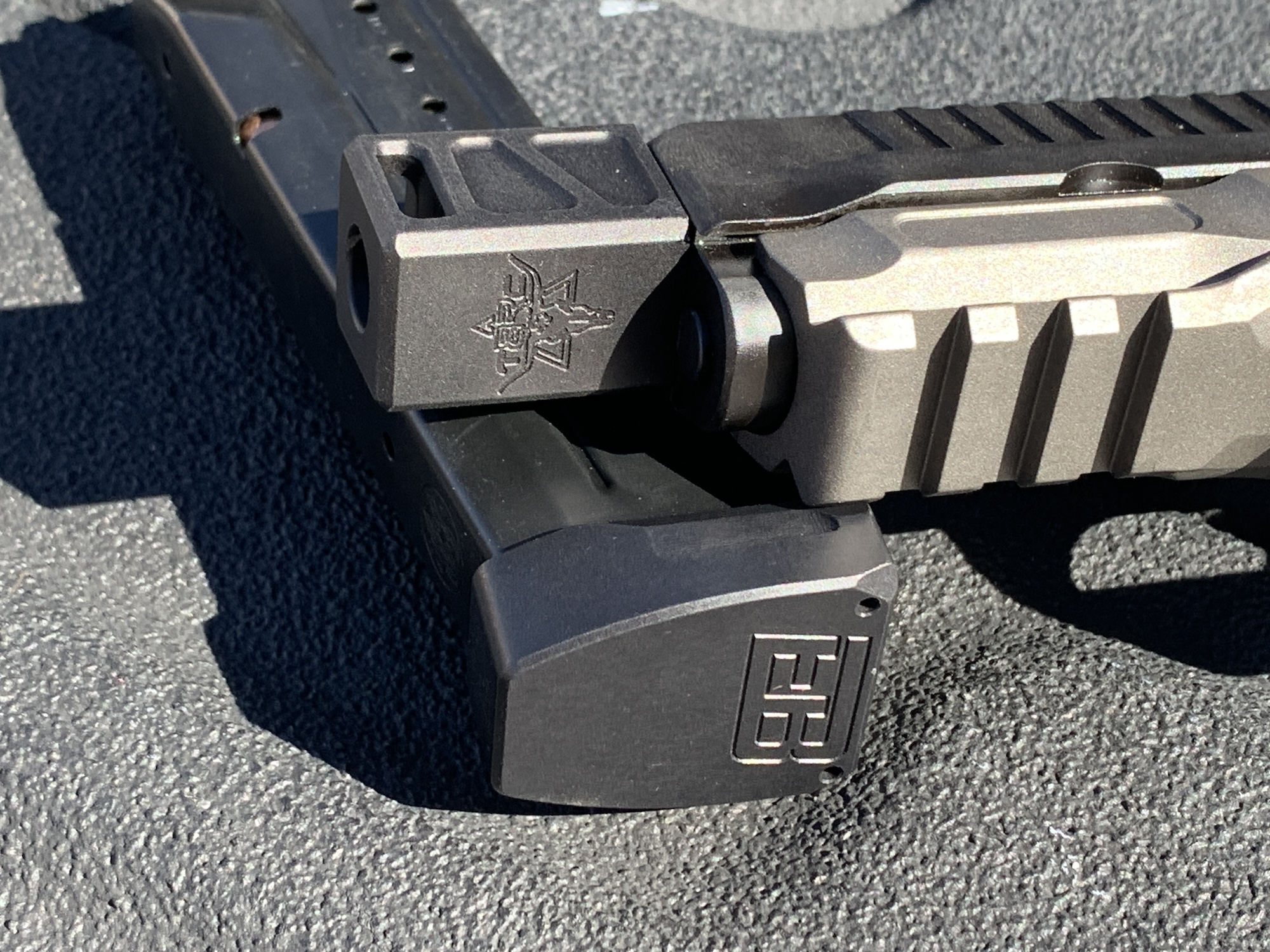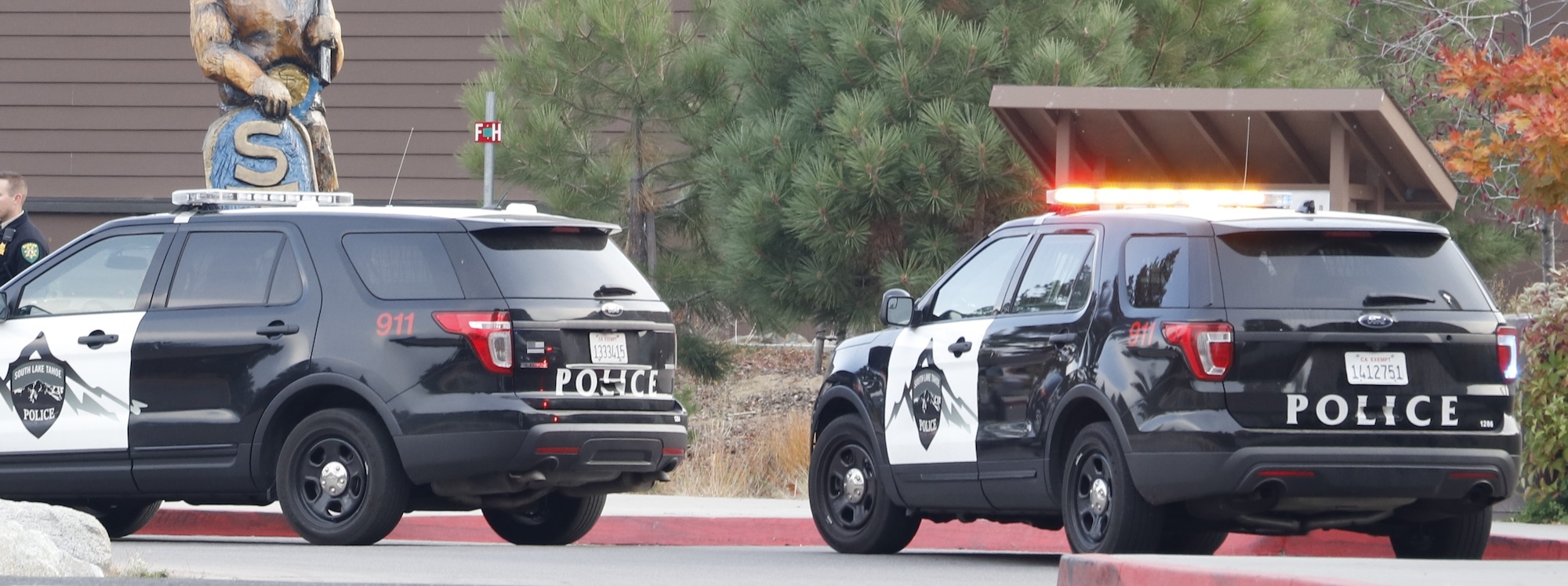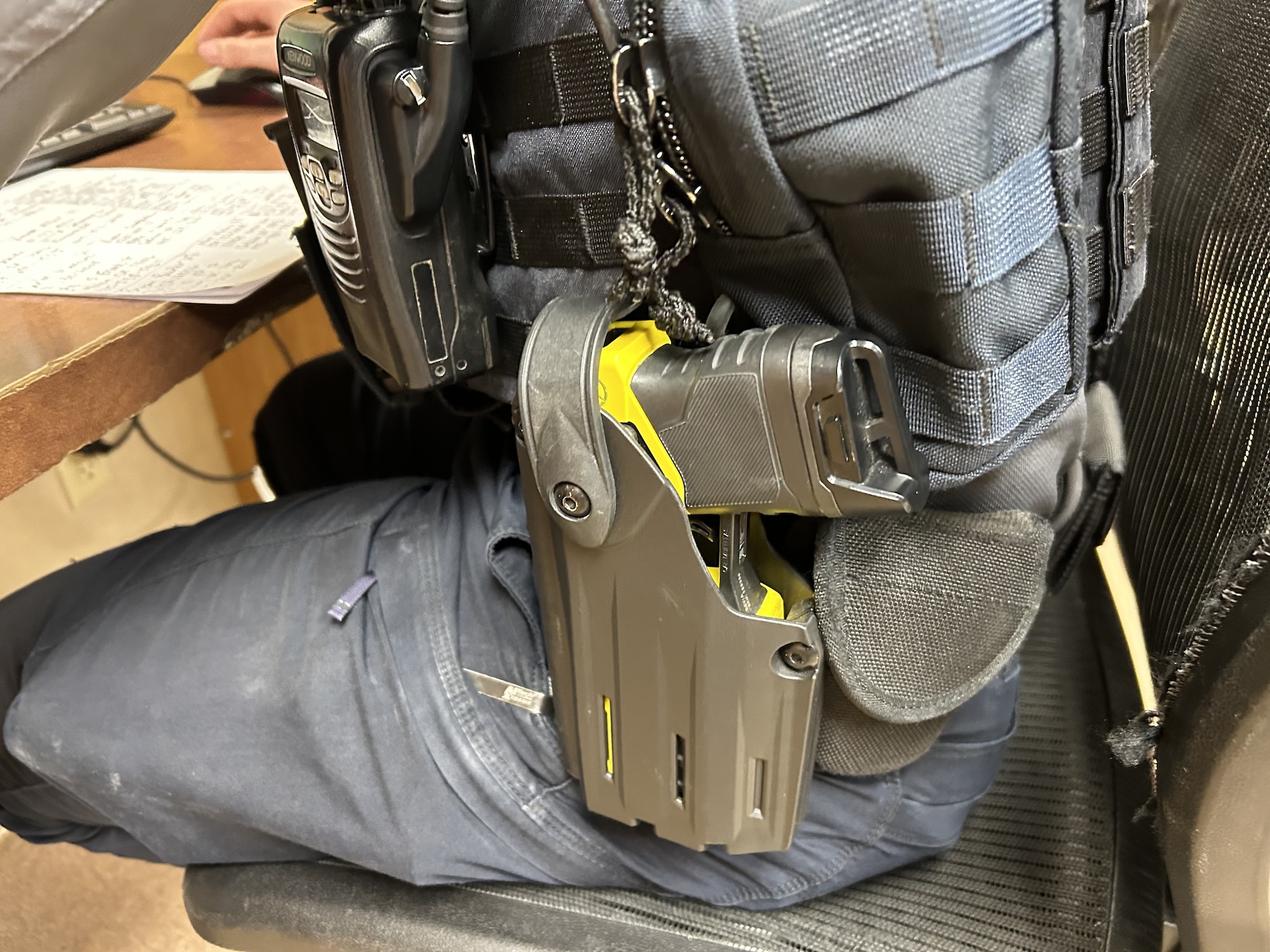
training2023-04-17 at 1.32.19 PM
If I were left on my own, own of two things would happen when I hit the gym. A) I would go in and do those exercises that I can do without a lot of drama; I might work up a sweat and even see an improvement or two over a long time. B) My path through the building would look like I was following a squirrel.
Instead, I work out with a trainer. She puts together session-specific plans that consider my injuries and limitations while working on the problem areas she has identified. I do get some input – like ensuring I work on my neck – but she develops the plans I will be doing.
What does that have to do with armed citizens or law enforcement training? We all have things we need to train on. However, not all of it may be the things we want to train on.
For governmental employees, we have training mandates sent our way by the courts, the legislature, and often by other entities. The agencies that employ those people need to conduct that mandated training within specific time frames while ensuring that enough employees are available to provide the mandated level of service.
Courts & Case Law
There are two kinds of legal requirements, one of which comes from judges, and that is case law. It is a large body of decisions made by judges and justices based on the very specific facts of a given case.
The Courts have given direction to governmental entities, in general, about minimum training and supervision standards. They have given law enforcement very specific directions about the training it needs to conduct. In the realm of deadly force, that includes judgmental shooting, low light, multiple targets, moving targets, the use of long guns, and more. In a 1979 case, Popow vs. Margate, the Court noted officers need to train in low light, with moving targets.
Notice that it is about training. Training. The Courts require training; they do not require qualification.
Legislative
Politicians can impose legislative mandates for needed training. Sometimes those can be good, but sadly, all too often, these are knee-jerk responses to the latest cause celeb.
Regulatory
The various state commissions on peace officer standards and training (POST) are an example. They can and do mandate various training topics along with the time spent on them.
When preparing their future training plans, agencies must consider these mandates. Next, look at the number of mandated training hours. Finally, determine how often those sessions need to be conducted – quarterly, twice a year, yearly, or every other year.
Hopefully, check to see what – if any – can be done through distributed or online learning. While it is not all bad, not every class can or should be done online. Check and see if some mandates might be fulfilled at the employee’s convenience rather than during those limited times you can get them in one place.
With the mandates, the times, and the frequency, you can finally begin to assemble your organizational training plan. In my old agency, we conducted use-of-force training quarterly. State mandates, whether legislative or administrative, were once done during a yearly multi-day block. Now, after any online portions, they are done in day-long blocks during the year.
While not always the best-scheduled pieces of training, these were efforts to address concerns with recency.
Decent Normal Humans
While you all – including retired me – have fewer mandates, you should consider hitting similar benchmarks.
Even if you live in a state with Constitutional Carry, you should consider getting a concealed carry permit – regardless of the name it goes by. Some may allow you to carry in a few more places – good; others may provide information about your state’s laws, especially related to the defensive use of deadly force by concealed carry permit holders.
If you have not experienced it, I strongly recommend taking some dedicated Don’t Shoot/Shoot decision-making training.
While it has been a few years since I worked in pre-hospital medicine, emergency medical skills are no less important now than they were then. If you are unfamiliar with automatic electronic defibrillators (AEDs), take a class and learn how to use them. Then, get through Stop the Bleed or a similar course.
Craig Douglas, aka – SouthNarc, of the Shiv Works Collective, has previously made a rather colorful comment about the need for another carbine class” in comparison with your ability to keep several unfriendly people beyond arms’ length. You should take a class focused on keeping the hands of others off your body.
I know, you drive every day. To work and then home, to the store and back, or to wherever on the weekend. Have you done work focusing on backing, inline braking, or collision avoidance? Or if you don’t live in town, what about overland driving and the ability to get around if the roads are blocked or damaged?
All of these are skills you may need far more often than you would need a firearm. If you worked these skills into your current calendar, add two or three weekends a year. Those subjects spread out over a couple of years would give you an excellent base of knowledge and skill.
Whether you are working for a governmental organization or your family, consider the training you need and then the time it will take to complete, factor in the frequency of the training – and then put it on the calendar.



